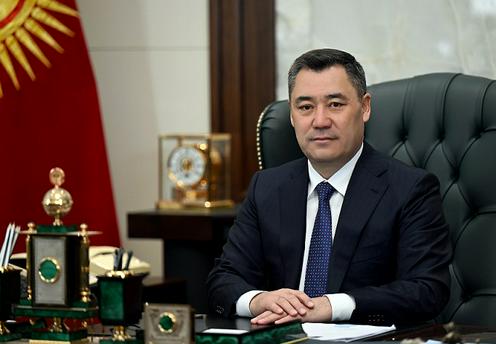President of Kyrgyzstan Sadyr Japarov has signed a constitutional law aimed at reforming the procedure for electing members of the country’s parliament, the Jogorku Kenesh, according to a statement from the presidential press service.
Under the new law, 30 multi-member territorial constituencies will be established for parliamentary elections. In each constituency, the top three vote-getters will be elected to parliament.
Candidates may be nominated either by political parties or through self-nomination by individual citizens.
To reduce public spending, by-elections will no longer be held in multi-member districts when a seat is vacated.
The law also introduces the option of remote electronic voting in parliamentary elections, with decisions on whether to use this method to be made when elections are scheduled.
The law’s stated goals are to improve the electoral system, combat political corruption, address deficiencies in the current procedures, and build public trust in elected officials.
When the bill was debated in parliament this March, President Japarov called it “a model suited to the Kyrgyz people.” He emphasized that the new system would give citizens genuine choice and that voters would bear responsibility for the candidates they elect.
Japarov also noted that a similar model had not been implemented in 2020 due to “external influences.” At the time, a compromise was reached: 54 seats were allocated through party lists and 36 through single-member districts. The new law proposes dividing the country into 30 districts and electing three deputies from each—bringing the total number of parliamentary seats to 90. One seat in each district will be reserved under a gender quota, ensuring at least 30 women will serve in the legislature.










